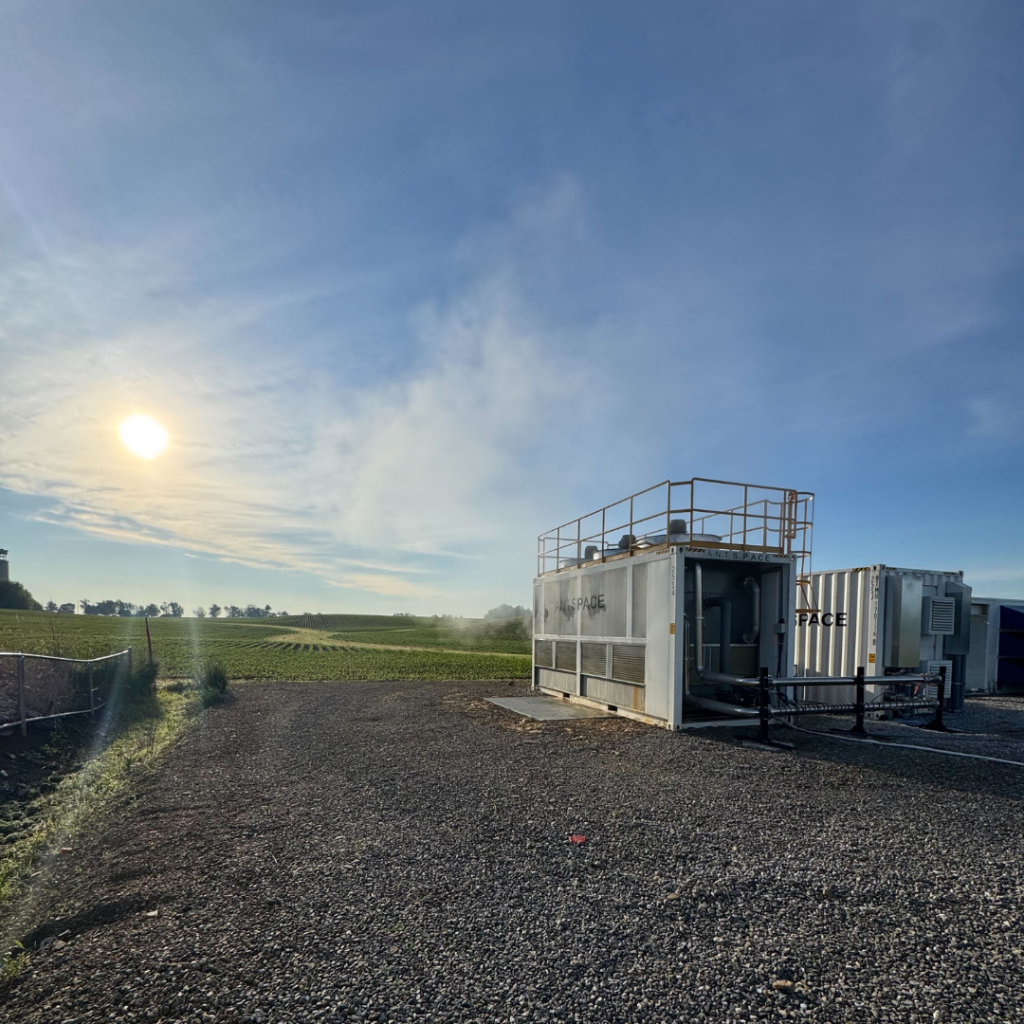In the high-stakes world of hydro-cooled Bitcoin mining, the sustained profitability of your operation hinges not just on cutting-edge hardware, but on the meticulous execution of a robust maintenance strategy.
Hydro-cooling systems, while offering superior thermal management and efficiency, require precise care to prevent downtime, mitigate hardware degradation, and safeguard your substantial investment.
This comprehensive guide outlines a critical maintenance schedule, detailing daily to annual tasks, essential coolant management protocols, and expert troubleshooting insights designed to ensure your facility operates at peak performance and maximizes ASIC longevity.
Coolant Level Check
Temperature and Pressure Monitoring
Leak Inspection
Coolant pH & Conductivity Test
Filter Cleaning
Hashrate & Power Audit
Coolant Flush and Replacement
Pump and Fan Inspection
Corrosion Check
System-Wide Flush
Heat Exchanger Cleaning
Firmware Updates
Full System Overhaul
ASIC Health Audit
| Parameter | Requirement | Risk of Non-Compliance |
|---|---|---|
| Coolant Type | Deionized water or ethylene glycol | Tap water → Corrosion, scaling |
| pH | 7.0 – 9.5 | pH <7 → Metal corrosion |
| Conductivity | <100 μS/cm | >100 μS/cm → Electrical shorts |
| Freeze Point | ≤-20°C (with antifreeze) | Frozen coolant → Burst pipes |
Best Practices for Technicians
| Symptom | Likely Cause | Fix |
|---|---|---|
| Low Hashrate | Clogged filters | Clean filters, flush system |
| Overheating | Low coolant flow | Check pump, inspect for blockages |
| Leaks | Failed O-rings | Replace seals, tighten fittings |
| High Conductivity | Contaminated coolant | Full system flush, replace coolant |
Also to keep in mind these are the most common issues faced during maintenance of hydro mining facilities largely stem from the complexity of hydraulic and cooling systems operating under harsh conditions. Key challenges include:
1. Hydraulic Hose Wear and Leaks
2. Contaminated or Degraded Hydraulic/Cooling Fluids
3. Corrosion and Mineral Buildup
4. Pump and Fan Failures
5. Filter Clogging
6. Electrical and Control System Issues
7. Environmental and Operational Challenges
Effective maintenance of hydro mining facilities requires:
These practices help minimize downtime, extend equipment life, and optimize mining performance in hydro-cooled facilities.

This exhaustive guide provides an unparalleled framework for the proficient setup and continuous operation of a hydro-cooled Bitcoin mining facility.
Mastering these maintenance protocols is undoubtedly crucial for safeguarding your assets and optimizing performance.
However, in an industry where every hour of downtime impacts your ROI and time-to-market is paramount, the complexities of implementing, managing, and evolving such a sophisticated system can be daunting.
While you now possess the knowledge, is manually executing every nuanced step the most strategic and cost-efficient path to sustained profitability?
The optimal strategy, delivering the quickest deployment and most robust long-term operational integrity, often involves partnering with an expert team.
MiningStore’s unparalleled field experience can set up and maintain your entire hydro infrastructure swiftly and flawlessly, ensuring rapid deployment without setbacks, allowing you to capture market opportunities with unrivaled efficiency.